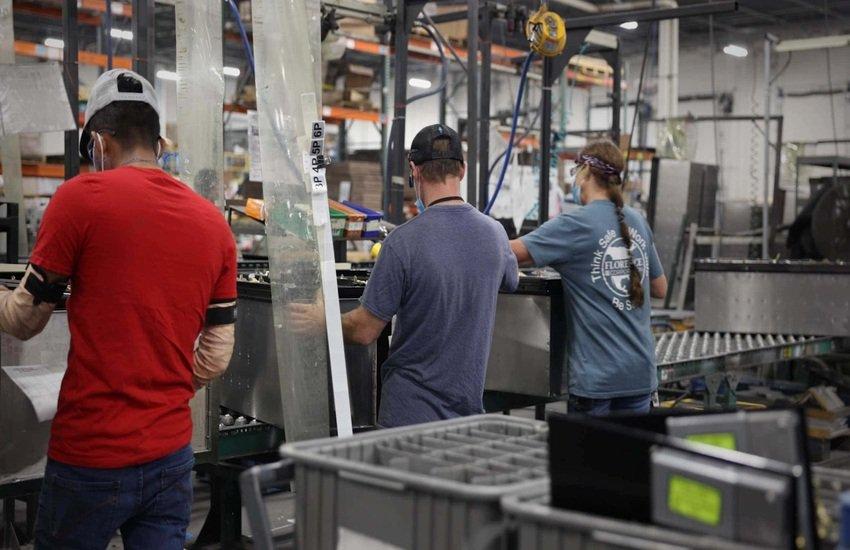Small-cap stocks have quietly delivered their strongest quarter in four years, with the Russell 2000 index rising 12.4% in the third quarter. The gains represent a turning point from a rally previously built on growing valuations, as improved corporate earnings now form the backbone of the rebound.
Analysts say the earnings rebound is helping small caps emerge from what some dubbed an “EPS recession.” Bank of America reported that upward revisions to profit forecasts for Russell 2000 companies were the fastest since mid-2022, reflecting a more durable earnings backdrop after months of volatility.
Earnings Drive Real Gains
For much of the past year, small-cap performance was powered by higher price-to-earnings multiples rather than actual bottom-line growth. That trend has now changed. According to Bank of America research, September’s 3% price gain for the Russell 2000 came entirely from stronger earnings expectations, not inflated valuations.
Companies across sectors, from regional banks to consumer services firms like Marcus Corporation, are beginning to show meaningful profit expansion. The improvement contrasts with large-cap stocks, where valuations are stretched far above historical averages and earnings growth has slowed.
Valuations and Opportunities
The valuation gap is a key driver of investor interest. Large-cap names in the S&P 500 are trading at price-to-earnings ratios more than 50% above long-term norms, while small-cap companies are only slightly above trend. Analysts at Goldman Sachs note that the relative discount creates “an abundance of interesting opportunities” for active investors.
This dynamic has led to renewed flows into small-cap funds, as portfolio managers seek diversification and better entry points. The fact that many small caps are more domestically focused than their large-cap peers also positions them to benefit more directly from U.S. fiscal and monetary policy changes.
Federal Reserve Tailwinds
The Federal Reserve’s recent quarter-point rate cut, its first in more than a year, has been another catalyst. Roughly 40% of Russell 2000 companies are unprofitable, meaning access to cheaper financing and credit relief can significantly impact their bottom lines. Analysts highlight that historically, small-cap indexes tend to outperform during the first year of easing cycles.
With traders pricing in a high probability of another rate cut in October, the setup could provide even more momentum. Bank of America’s Jill Carey Hall suggested that small caps’ heightened sensitivity to borrowing costs could magnify this cycle’s impact compared with past Fed pivots.
Breaking Long-Term Underperformance
The Russell 2000’s September rally also marked the end of a nearly four-year stretch without a record high, breaking a 967-trading-day drought. For many investors, this breakout is a possible inflection point. Small-cap stocks have lagged their large-cap counterparts for more than a decade, as Big Tech giants drove the bulk of market returns.
Lou Basenese of Prairie Operating Company argues that the market may now be entering “another cycle of outperformance” for smaller firms. With valuations more reasonable, earnings momentum strengthening, and rate policy shifting in their favor, conditions are aligning for small caps to regain ground.
Looking Ahead
The question for investors is whether this resurgence has staying power. While risks remain, particularly around refinancing pressures and the ongoing government shutdown, small caps appear positioned to benefit disproportionately from looser Fed policy and renewed earnings growth. If these trends continue, the Russell 2000 could become a more central driver of market gains after years on the sidelines.













